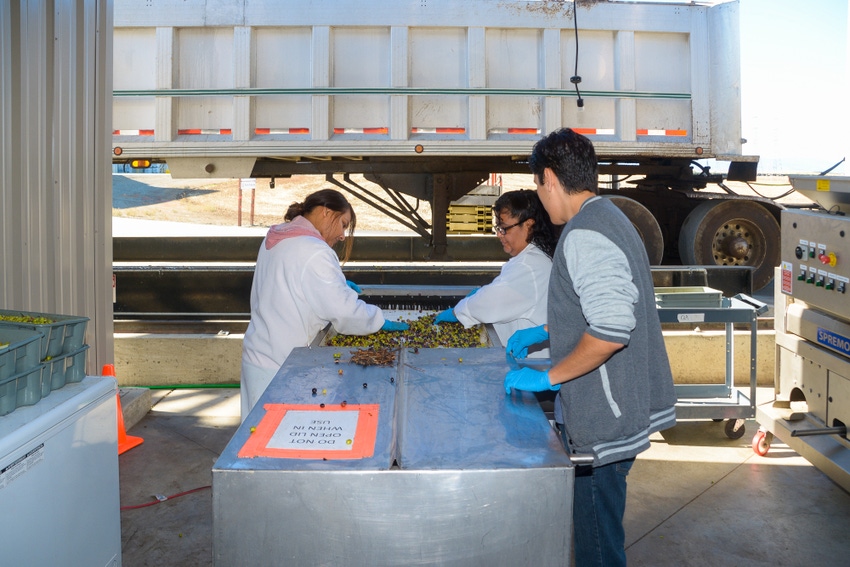December 11, 2017

Growers selling olives to California Olive Ranch (COR) will benefit next season from a new payment structure that factors tons of fruit and the volume of oil in the fruit rather than simply considering the amount of oil extracted at the mill.
Gregory Kelley, COR's president and chief executive officer, says this significant change in their contract structure is based on 18 years of data and “a high degree of certainty we have in understanding how much oil we get from a given type of fruit.”
In short, growers can expect better returns on fruit since the system will be more standardized.
The previous system is simply not sustainable for continued growth in the industry, particularly for COR, Kelley says, which has seen its share of domestic consumption rise from 0.2 percent to 7 percent since he started with the company in 2006. The COR leader says the operation produces between 60-70 percent of domestic olive oil from the Artois facility from “tens of thousands of acres.” COR's original facility is located in Oroville in the Sacramento Valley.
Still, Kelley believes there's room for growth in the industry as the health factors of extra virgin olive oil are better known and consumers seek healthier eating options.
COR also revamped its receiving area. When trucks arrive with olives, random samples are mechanically pulled. Results are known in minutes due to near infrared technology versus hours under wet chemistry protocols. Those results will factor in what growers are paid which Kelley says is a system closer to what other commodities use.
Byproducts from the milling process are used for cattle feed.
Fruit is graded with an electronic colorimeter which he says is a better indicator of flavor potential but not so much so for yield. Later-harvested fruit is purple and tends to produce a milder flavor. Green olives are usually a stronger flavor.
There are eight processing lines at the Artois facility. Tanks can store about 4 million gallons of oil protected from light and oxygen. Nitrogen displaces oxygen and protects olive oil flavor. Once olives are pressed into oil, they are not exposed to oxygen until the consumer opens a bottle at retail. All COR oil is sold within a year of milling and stored within 60 days of harvest.
Throughout the milling process the oil is tested and sampled. During milling, samples are pulled and at least four sensory tests conducted on the oil with trained taste testers. Oil blends are created only after two of these taste testers sample oil and agree on the flavor profile, Kelley says.
California Olive Ranch also has two packaging lines including a glass bottle line, plus a bag-in-the-box line for food service sales.
You May Also Like




